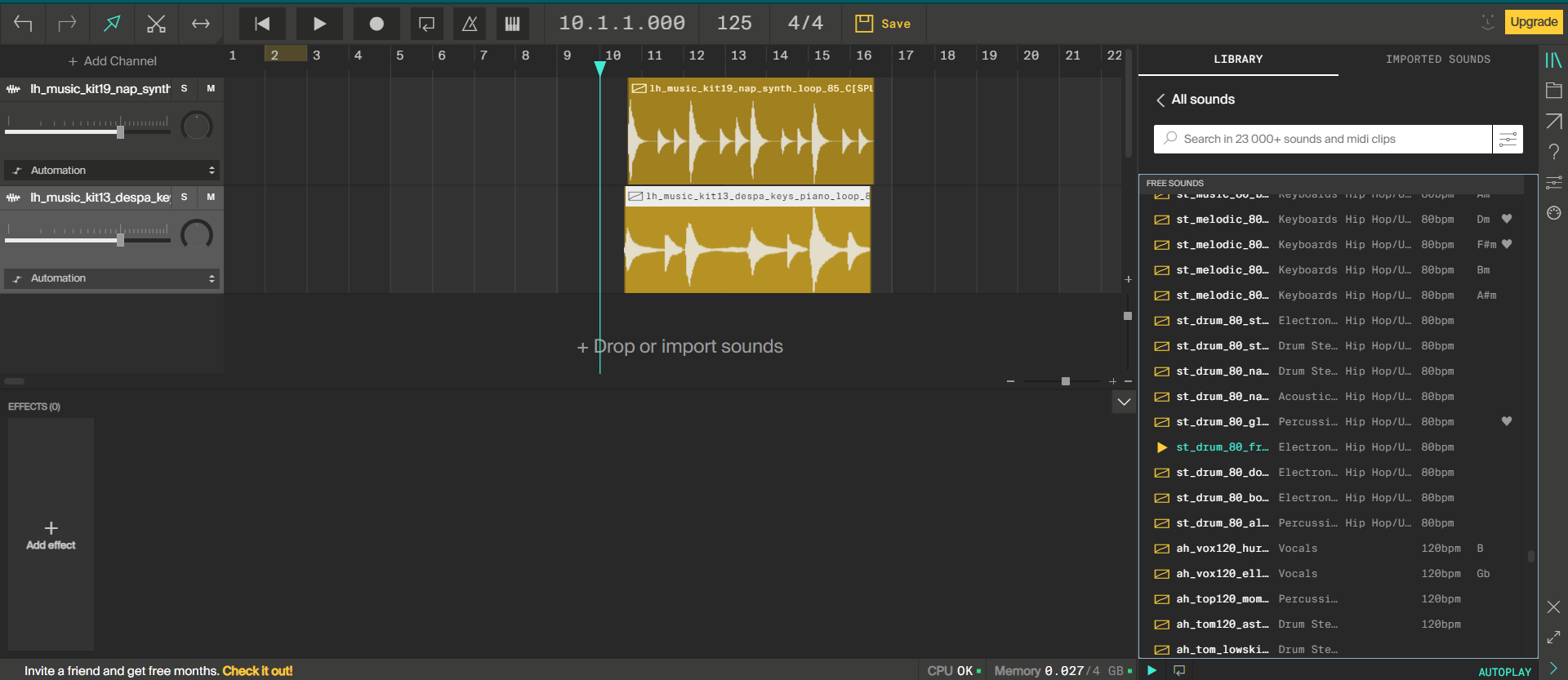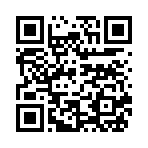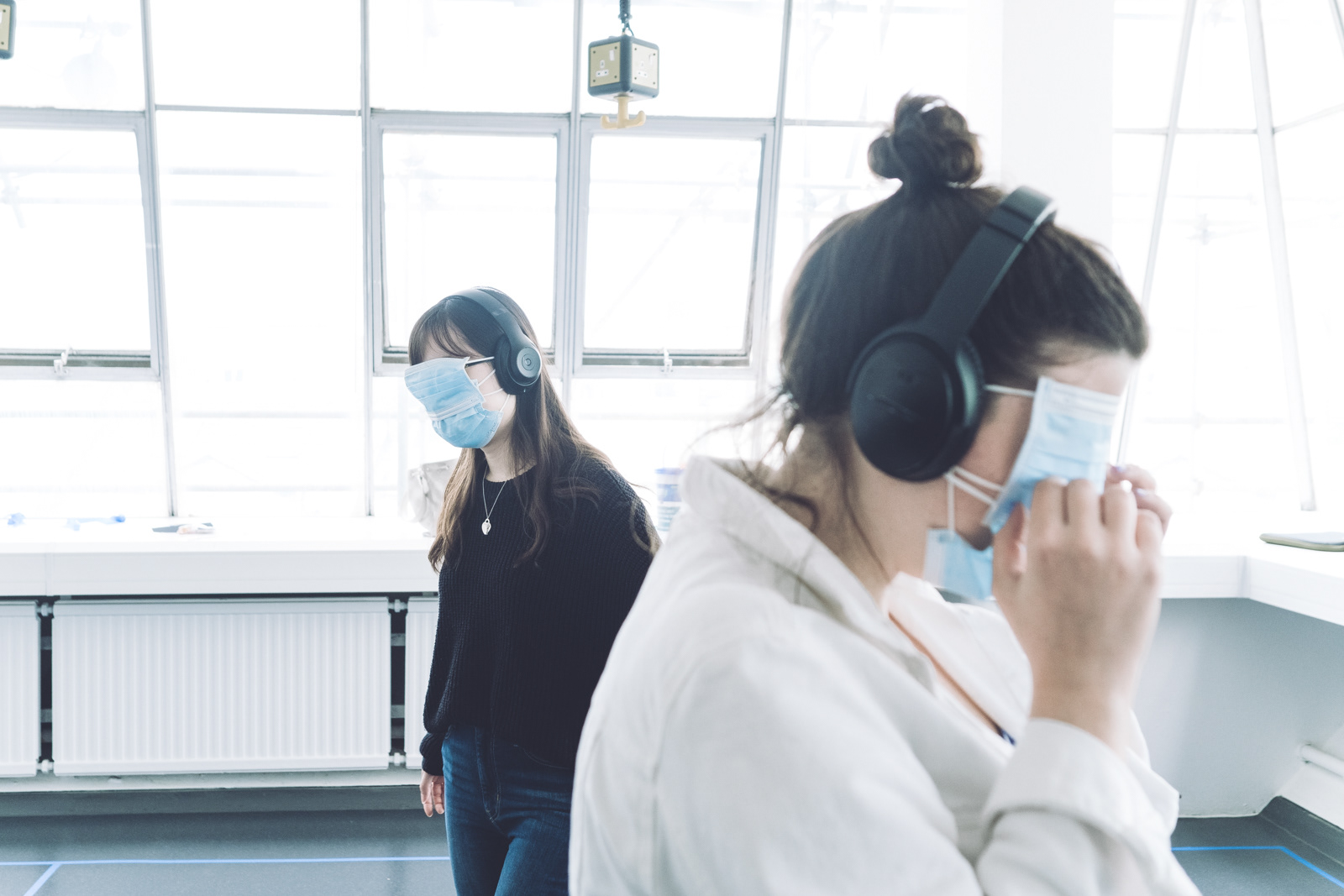28th May - 3rd June
Partner Company: Bittersuite
Brief: Re-design the acoustic properties of a physical space
Group: Ula Rodakowska, Sebastian Ervi, Kate Chernysheva
Partner Company: Bittersuite
Brief: Re-design the acoustic properties of a physical space
Group: Ula Rodakowska, Sebastian Ervi, Kate Chernysheva
EXPLORATION AND BRAINSTORMING
This was a very long week and it started with brainstorming. This time we found ourselves having a strong idea base, but no way to materialise it into an experience. After conducting our survey about personal space and how people perceive/think about it we thought it would be useful to discuss it between us to map out our own boundaries.




Our bodystorming exercise. Photos taken by Kate. Sketches developed collectively.
It was very interesting to discuss and share our thoughts on this, noticing how different or similar things are for us. However, idea-wise, it wasn't as helpful. Hence, we went back to our favourite Crazy Eight method. I find it extremely helpful in situations like this to break through this stage of "what do we do?"
CRAZY EIGHTS



Crazy Eight sketches. Developed by Sebastian, Ula and Kate (from left to right).
As a result, we had some rough sketches on what could possibly be done and some interesting notions to explore further. To get a better understanding and make a decision, Sebastian proposed to arrange these ideas into a feasibility/impact graph. I have never done this before but it certainly seemed helpful keeping in mind the time we have left until the final presentation. However, as a result, we still felt like we had a creative block because nothing seemed to come together. Therefore, we broke up for the weekend to have a think on our own.

Our Impact/Feasibility graph. Developed collectively.
EPIPHANY
Finally, I decided to some ideation by myself and started sketching things, which led to one idea, then the other, like a snowball. I picked my favourite and decided to share it with my team. They felt inspired by the idea I proposed and were able to build upon it to improve into something we all saw fitting for the brief which I was very happy about.


Some of the sketches I made during brainstorm. Drawn by Kate.

A gif to represent my idea. Made by Kate.
TUTORIAL
The next stage was a tutorial with John to hear his thoughts, concerns, things to think about for this idea. He seemed enthusiastic about it, yet emphasised to us one more time "I don't hear any sound". We needed to move from gifs, diagrams and drawing to actual prototyping. So we decided to do exactly that.

Tutorial with John to share our ideas. Screenshot by Kate.
DEVELOPMENT & PROTOTYPING
"How do we realise something this complex?" This was the question Sebastian asked CTL during an online meeting. To my surprise, they seemed to know the answer. Although this might be because of my lack of knowledge in engineering and how things work that I was so surprised things like this are achievable. Sebastian booked a slot for us the next day to come and discuss things in more depth. When we came to CTL we had a general discussion on what we wanna do and Edmond started helping us with the coding. After some time, we faced difficulties and lots of questions started to pop up. How are we gonna make the programme trigger sounds we need? What are those sounds? How are we going to make people hear their own sounds? etc. Finally, we came to realise that we don't have this much time to create an autonomous system and our way forward was going to be creating disobedient art or Wizard of Oz.




Meeting with Edmond from CTL. Photos by Kate.
The wizarding began with thinking about the sounds and how it's gonna work. I immediately remembered the amazing and easy feature that most websites/prototypes offer, which is hovering. We recreate the physical space on our screens and simply hover over it following the path of the person doing the experience which would emit the needed sound. To recreate the smooth transitions through sounds we would divide each square into 9 more which would mix the sounds together to create the illusion of transition. We got to work. I was searching for sounds, Ula calculated how much of each sound would need to be heard in every square and Sebastian found the platform where to create the prototype.

The diagram explaining how the system would work. Drawn by Kate and Ula.


Diagram presenting the 9 sounds and the transitional squares of the prototype. We calculated that in total we would need 81 track each with unique combination of sounds needed to create the illusion. Drawn by Ula.

Searching for sounds in free open libraries. Screenshot by Kate.


Figuring out sounds in Audacity and preparing them for the prototype.
Finally, the sounds were chosen, cut to the right state to create a perfect uninterrupted loop and Sebastian figured out how to put them all into a prototype. Hence, we began mixing the sounds for transitions. After doing the first five and putting them into the prototype we realised one big thing. The sound wasn't changing smoothly like we expected and it is still recognisable because it starts playing from the beginning every time you hover over a new square. We felt very frustrated after so much work perfecting the sounds we needed. However, we all began looking for an alternative which was Garageband as it easily allows to change the volumes of every sound individually. While this is a great solution sound wise, because transitions become very smooth, but a solution that is unrealistic. We tested it before the presentation and it was impossible to follow people's steps so quickly. Hence, we decided to follow the original plan and try it out with the participant to see if such short interruptions would cause significant problems for the experience.

Trying out the transitioning in Garageband as an alternative to the prototype after we realised the issue of sounds playing from the beginning when you touch on the square which doesn't create the transition we needed. Screenshot by Kate.


Our prototype. Created collaboratively. To access it, please scan the QR code.
Preparation



Arranging our space for the presentation: attaching the web-camera to the ceiling and dividing up the floor space.
PRESENTATION & FEEDBACK
Videos from the camera attached to the ceiling.






Photos from the presentation. Taken by Sebastian.
Video of the experience. Taken by Maria Carolina Seves.
Overall, this week was very productive for us. We managed to put together our first mid-fidelity prototype, explore so many possibilities and try out different sound software. Overall, we received very positive feedback from our peers and tutors. They emphasised our great choice of sounds for this experience and expressed their fascination with the environment, the grid and the "world between two headphones" we created through our idea. Although there were some points for improvement that we need to consider before the final presentation. John pointed out that for a simple idea like this we would need to give people experiencing it a goal. Our classmate Maria mentioned that it was disturbing to have her eyes covered and a few other people expressed their concern about accidentally bumping into the other person during the exploration. Nevertheless, I saw our idea come to life and overall everyone seemed to feel very positive about it.